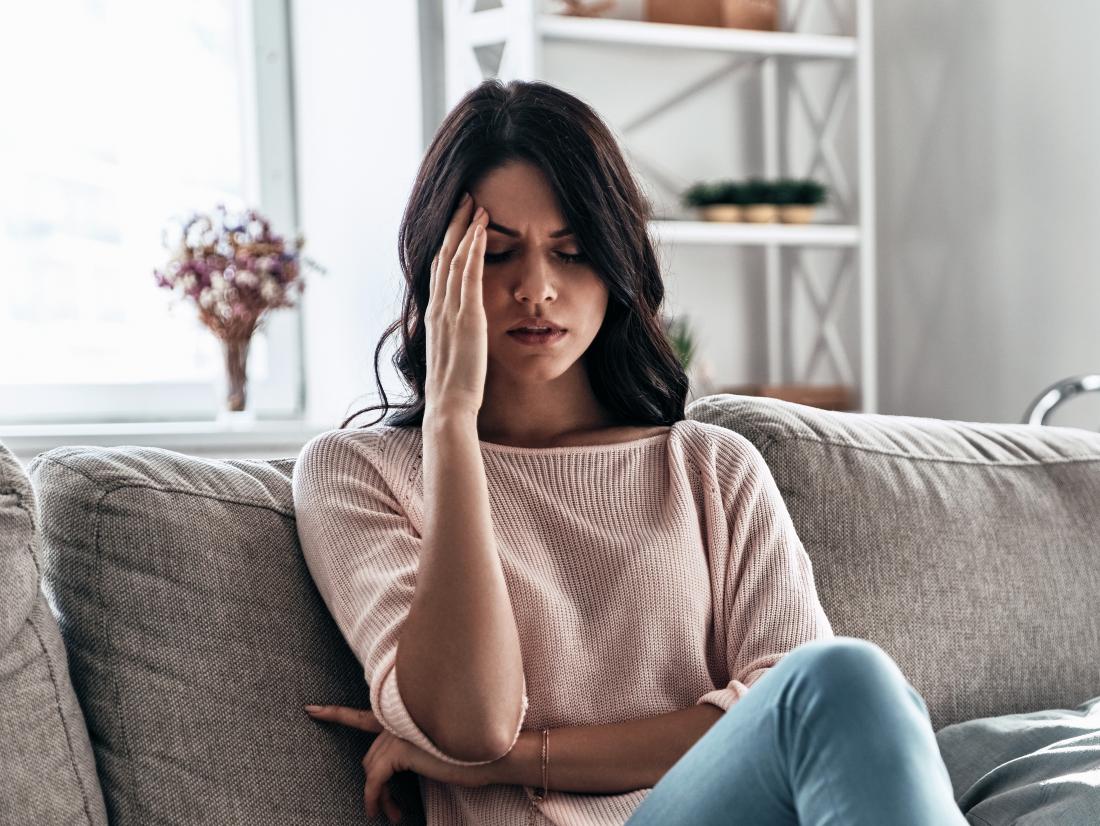LSD Use Among Teens: What Parents Need to Know
LSD, known by its chemical name, lysergic acid diethylamide, is an illicit drug that can have disastrous effects on both teens and adults. The DEA lists LSD as a Schedule 1 drug, which is defined as any drug with no acceptable accepted medical use and a high potential for abuse. LSD is typically mixed into a liquid and then dripped onto small tabs that dissolve in the mouth. Those tabs are most often placed inside candies or cookies before they are eaten by teenagers.
As a result of its attractive and fun appearance, LSD use among teens is on the rise. There are many risks associated with the illegal drug, including unpredictable side effects and dangerous consequences when it’s abused. In light of rising concerns about teens and LSD use, we’ve provided these facts and insights to help parents and guardians identify potential problems with teens using this particular drug.
What is LSD?
Known as “Lucy” or “acid” in slang, LSD was originally developed in a laboratory in 1938. LSD became popular in the early 60s before being banned in 1966. It also had a comeback in the 1990s, and it’s gained popularity among teens today.
Currently, the drug is primarily sold as a liquid containing a chemical called lysergic acid diethylamide that’s taken by dripping it onto small squares of blotting paper or tablets.
LSD is similar to serotonin, a chemical in the brain that contributes to feelings of joy, happiness, and a sensation of well-being. Regular use can lead to serotonin syndrome, which is more potent for those who take LSD while already on medications that affect serotonergic activity, such as cold medicine, antidepressants, or opiates.
Dangers of LSD Use Among Teens
If the user isn’t making the LSD or does not know its source, there is no way of knowing what chemicals were used to produce it. This is where much of the danger of LSD resides. LSD could be chemically created from one of many drugs–many of them dangerous–designed to mimic LSD’s effects.
LSD’s small dose size (called hits or tabs) makes it tempting for teens to consume more than they should without realizing they’ve taken too much. This can lead to overdose and even death.
The hallucinations that come with taking LSD can make users behave in risky, erratic, and unsafe ways. For example, an LSD user may mistake the hallucination as reality and follow it into dangerous situations.
Those who take LSD might be familiar with the terms “tripping” or having a “bad trip.” During a bad trip, a user will likely become agitated, violent, and self-destructive. If a trip is frightening, a teen may react aggressively without understanding the situation.
Another problem associated with LSD use is the phenomenon called “flashbacks.” This consists of experiencing hallucinations when a person is sober, even if they have not taken the drug in years.
Currently, there is a rise in LSD abuse in teens, as is evident in the spike of teens visiting emergency rooms ingesting LSD. However, a trip to the ER isn’t always the result of teens taking LSD. To explain, while LSD use is becoming more widespread among teenagers, only a fraction of teens taking LSD seek medical care while they are under its influence.
Symptoms and Signs of LSD Use in Teens
LSD is a powerful, mind-altering drug and can definitely be harmful to teen health. People under its influence will likely show symptoms such as: Excessive sweating, nausea, fever, fast heart rate (tachycardia), and dilated pupils. During an LSD “trip,” your teen may experience intense emotions, mood swings, and incapacitation of sensory and motor function. Symptoms of a “bad trip” may include: Irrational paranoia, feeling out of control, panic attacks, terrifying hallucinations, extreme terror, fear, or anxiety.
LSD affects teens differently based on how much is taken, a teen’s general health condition, weight and height, and mental condition. LSD’s effects are also variable depending on whether or not a teen is on other drugs or using LSD with alcohol.
What to do if Your Teen is Using LSD
The first step in helping a teen using LSD is to have an open, non-judgmental conversation with him or her. Explain to your teen that LSD can lead to dangerous consequences. You may want to enroll your teen in group therapy, counseling, or even a drug treatment program. If you suspect your child’s health is in peril while taking LSD, contact 911 immediately.


Comments are closed.